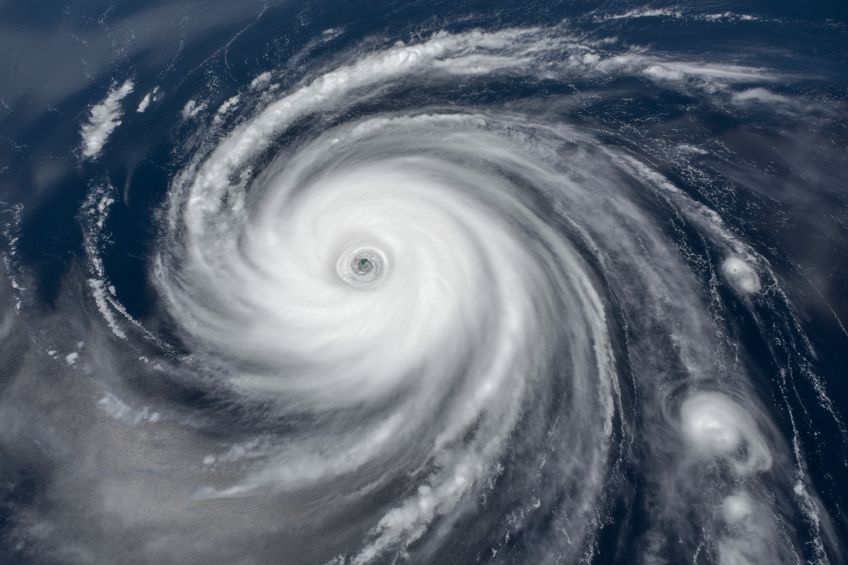Martinique Joins Dominica, Guadeloupe, St. Lucia, and the Bahamas in Tears and Tragedy as Hurricane Melissa Claims Over Thirty Lives

Hurricane Melissa, a catastrophic Category 5 storm, has wreaked havoc across the Caribbean, claiming at least 31 confirmed lives and leaving widespread devastation in its wake. The storm’s powerful winds, torrential rains, and storm surges have caused severe flooding, landslides, and infrastructure damage, particularly in low-lying and coastal areas. As the storm moves towards the Bahamas, emergency response efforts continue, with the death toll expected to rise as more areas are assessed. The affected regions so far include Martinique, Dominica, Guadeloupe, St. Lucia, and the Bahamas, with local authorities scrambling to provide relief and assistance.
What Happened?
Hurricane Melissa formed on October 25, 2025, rapidly intensifying into a Category 5 storm with sustained winds exceeding 185 mph (295 km/h). By October 27, it made landfall, causing widespread destruction across several Caribbean islands. The storm brought catastrophic damage to local infrastructure, disrupted daily life, and led to the tragic loss of at least 31 lives, as reported by initial reports from local authorities and emergency services.
The storm’s sheer force led to powerful winds, excessive rainfall, and devastating storm surges, which exacerbated flooding and landslides. These conditions have rendered roads impassable, toppled buildings, and severed electricity to large portions of the affected islands. While efforts to clear the debris and assist the survivors are underway, the full extent of the devastation remains unclear.
The confirmed fatalities are as follows:
- Martinique: At least 11 deaths.
- Dominica: At least 10 deaths.
- Guadeloupe: At least 6 deaths.
- St. Lucia: At least 4 deaths.
- Bahamas: Melissa is currently moving toward the Bahamas, and its impact there is still unfolding, with reports expected soon.
Where Did the Storm Strike?
The impact of Hurricane Melissa has been most severe in the following locations:
Bahamas: Although the Bahamas has yet to experience the full force of Hurricane Melissa, authorities are bracing for its impact as it continues its path toward the region. Local authorities have already begun mobilizing for potential evacuations and preparation for the worst.
Martinique: Martinique’s northern regions were the worst affected, with massive flooding and power outages causing widespread disruption. The coastal areas were hit by storm surges, and many homes were damaged or completely destroyed. The capital, Fort-de-France, reported severe flooding, with several districts completely submerged.
Dominica: In Dominica, the combination of torrential rainfall and strong winds caused rivers to overflow, leading to landslides that buried homes and roads. The island’s infrastructure was heavily damaged, particularly in the mountainous regions where access is difficult.
Guadeloupe: Guadeloupe experienced powerful winds and storm surges, especially in low-lying coastal areas. Flooding has been widespread, with several major roads blocked and utility services disrupted across the islands. Power outages have left many without electricity.
St. Lucia: In St. Lucia, trees were uprooted, and houses along the coast were severely damaged. The capital, Castries, reported major flooding, while inland areas experienced mudslides. Many homes have been left uninhabitable, and infrastructure damage is extensive.
When Did the Storm Occur?
Hurricane Melissa formed on October 25, 2025, and made landfall on October 27. The storm’s effects were felt across the affected islands over the following days, with recovery and assessment efforts ongoing.
Why Did the Storm Cause Such Damage?
The severity of Hurricane Melissa’s impact can be attributed to several factors:
- Rapid Intensification: The storm strengthened quickly, catching many communities off guard.
- Heavy Rainfall: Persistent rains led to flash flooding and landslides, especially in mountainous regions.
- Storm Surges: Coastal areas experienced elevated sea levels, exacerbating flooding.
- Infrastructure Vulnerabilities: Many areas had infrastructure that was not resilient to such extreme weather events.
How Are Authorities Responding?
Local governments, in collaboration with regional and international agencies, have initiated emergency response operations:
- Search and Rescue: Teams are conducting operations to locate and assist affected individuals.
- Shelter and Relief: Temporary shelters have been established, and relief supplies are being distributed to those in need.
- Infrastructure Assessment: Damage assessments are underway to prioritize rebuilding efforts.
- Public Communication: Authorities are providing regular updates and safety instructions to the public.
The storm’s aftermath underscores the urgent need for enhanced disaster preparedness and climate resilience in the Caribbean region.
The post Martinique Joins Dominica, Guadeloupe, St. Lucia, and the Bahamas in Tears and Tragedy as Hurricane Melissa Claims Over Thirty Lives appeared first on Travel And Tour World.
